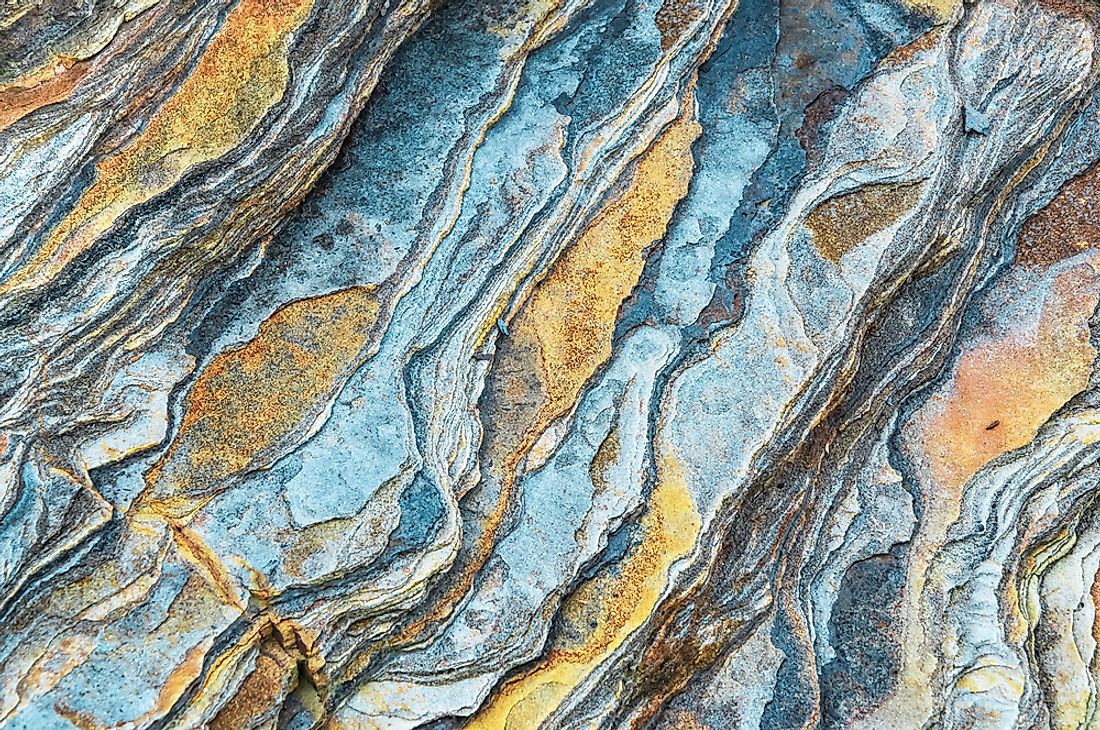Minerals, the building blocks of our planet, possess a fascinating array of physical properties. From their crystal structures to their optical behavior, minerals exhibit a diverse range of characteristics that make them unique and valuable. In this blog post, we delve into the main physical properties of minerals, shedding light on their intricacies and unveiling the hidden secrets that lie within.
- Crystal Structure:
At the heart of a mineral's physical properties lies its crystal structure. Minerals are composed of atoms arranged in a repeating pattern, forming crystals with distinct shapes. The arrangement of atoms determines the mineral's symmetry, which can be categorized into seven crystal systems. Understanding crystal structures is crucial for identifying minerals and predicting their physical behavior. - Hardness:
One of the most well-known physical properties of minerals is hardness. Measured on the Mohs scale, which ranges from 1 (softest) to 10 (hardest), hardness determines a mineral's resistance to scratching. For example, talc has a hardness of 1, while diamond, the hardest mineral, has a perfect score of 10. Exploring the factors that contribute to a mineral's hardness unveils the secrets behind its durability and practical applications. - Cleavage and Fracture:
Cleavage and fracture describe how minerals break when subjected to external forces. Cleavage refers to the tendency of a mineral to break along planes of weakness, resulting in smooth, flat surfaces. Fracture, on the other hand, occurs when minerals break irregularly, producing rough or jagged surfaces. Understanding these properties aids in mineral identification and provides insights into their structural integrity. - Density:
Minerals exhibit varying densities, which reflect their mass per unit volume. Density plays a crucial role in mineral exploration and extraction, as it helps determine the economic viability of mineral deposits. Additionally, density influences other physical properties, such as buoyancy and conductivity, making it an essential parameter in understanding mineral behavior. - Optical Properties:
The optical properties of minerals encompass a wide range of phenomena, including color, luster, transparency, and optical behavior under polarized light. These properties arise from the interaction of light with the mineral's atomic structure and can provide valuable insights into its composition and formation history. Exploring the intricate world of mineral optics unravels a captivating story hidden within their physical properties.
Conclusion:
Minerals possess a captivating array of physical properties that extend far beyond their basic characteristics. From crystal structures to optical behavior, these properties offer a wealth of information about a mineral's composition, durability, and potential applications. By understanding and appreciating the intricacies of these physical properties, we gain a deeper insight into the hidden secrets that lie within minerals, unlocking their true potential and value.

